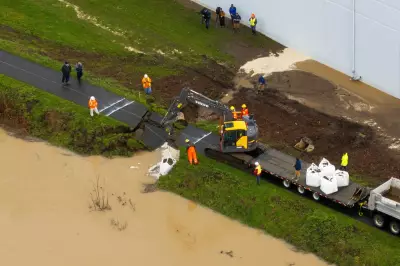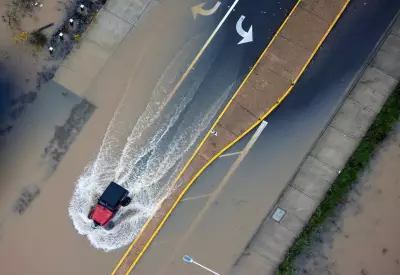
A devastating 6.3 magnitude earthquake has torn through western Afghanistan, leaving a trail of destruction and claiming the lives of at least 20 people while injuring hundreds more in one of the region's most significant seismic events this year.
Rescue Efforts Underway Amidst Rubble
Emergency services and local volunteers are working tirelessly through the night to search for survivors trapped beneath collapsed buildings in the hardest-hit areas. The quake, which struck with considerable force, has overwhelmed local medical facilities as casualties continue to flood in.
Regional Impact and Aftershocks
The seismic event sent tremors across multiple provinces, with early reports indicating significant damage to infrastructure and homes in rural communities already struggling with poverty. Residents reported violent shaking that lasted for several terrifying seconds, followed by numerous aftershocks that have complicated rescue efforts.
Local authorities have confirmed:
- At least 20 fatalities confirmed with death toll expected to rise
- Hundreds treated for injuries ranging from minor to critical
- Multiple buildings completely destroyed in the epicentre region
- Emergency shelters being established for displaced families
Geological Context of the Disaster
Afghanistan sits within a seismically active region where the Indian and Eurasian tectonic plates converge, making such devastating earthquakes an unfortunate reality for the mountainous nation. This latest quake represents one of the most significant seismic events to strike the country in recent months.
"The combination of poor building construction standards and the earthquake's shallow depth has created a perfect storm of destruction," explained one international aid worker familiar with the region's vulnerability to seismic activity.
International Response Mobilising
Several international aid organisations have begun coordinating relief efforts, though access to remote affected areas remains challenging due to damaged infrastructure and the region's difficult terrain. The timing of the disaster compounds existing humanitarian challenges in a country still recovering from previous natural disasters and political instability.
Medical supplies, temporary shelter, and search-and-rescue equipment are being prioritised as the international community assesses how best to support local emergency response teams working in extremely difficult conditions.





